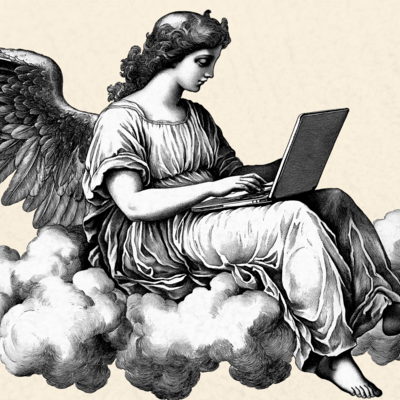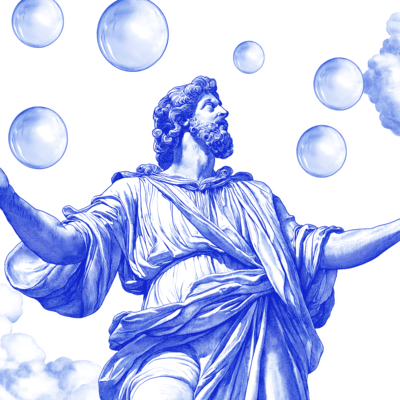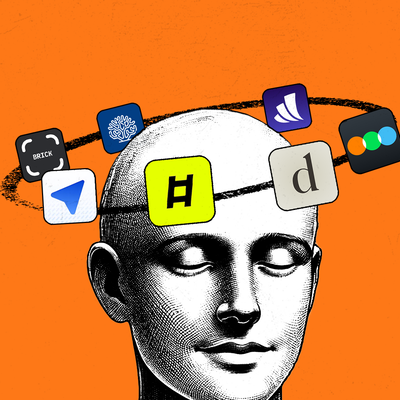
TL;DR
- This is the second post on a deep dive in GTM metrics with a focus today on Revenue Retention
- Snowflake is a software Dracula. It latches onto its customers and drains their bank accounts dry, but their victims are happy throughout the process. They are a world-class company at “net revenue retention”—a crucial metric for SaaS businesses that describes the tendency for customers to increase their spend over time.
- NRR is important for enterprise SaaS companies because there are a limited number of customers that have the problem they are trying to solve, so the business can flatline quickly unless they find a way to grow revenue through their existing customer base.
- Most companies have 1-2 reasons why their NRR is good. Snowflake has 6.
Hi all! This is Part 2 of our Summer of Sales series, where I’m examining the strategies, metrics, and analyses that businesses use to optimize their go-to-market! Today, I’m using stock market darling Snowflake to explore my favorite metric in all of business—Net Revenue Retention. Yes, I have a favorite metric. What, you don’t? If you only got ONE metric to evaluate a business, NRR should be it, and we can learn a lot from Snowflake’s mastery of it. A lot of how Snowflake operates is misunderstood or just unknown to the general public, so for research I interviewed multiple users of the software, data engineers, and software investors. We’ll start off with a quick definition of revenue retention, talk about how the stock market treats top performers, and then dive into why Snowflake is so, so good.
Revenue Retention’s Definition and Grace
One of the most harrowing experiences at a startup is running out of potential customers to talk to. Picture it: Over the course of six months, you watch helplessly as your leads pipeline slowly dries up. The best account executives leave immediately. The oblivious ones stick around and complain that marketing isn’t pulling their weight. Over on the demand generation team, there is blood in the streets as the cost per lead skyrockets. A VP of some revenue adjacent function is probably fired (even though it isn’t their fault). A thick fog of missed quotas and depressed workers descends on the company. These worries result in a death spiral where all the good talent in the company leaves for companies whose names rhyme with Foogle or Gacebook.
Whether the result of too small a market, too many competitors, or take-your-pick-business-boogeymen, almost every type of company in this scenario is screwed. Retailers? Dead. Consumer Hardware? Smoked. Professional Services? Kablooey.
But there is one type of business that can not only survive having a bad sales pipeline, but ride it out in comfort and style. It is business to business (B2B) software. Differentiation is not found in their product design or technical capabilities, what is truly special is their financial profile. On average, each cohort of customers generates more revenue as time marches on. Whether through adding additional users to existing contracts or convincing their existing users to buy more products, good SaaS companies are built around the calculus of revenue retention. This revenue base allows the companies to have the cash and time to pivot their business.
Most subscription businesses see the revenue from a specific cohort of customers—say, people who signed up in May 2019—go down over time. Some people stick around, but not everyone, so there is some churn that decreases the annual revenue from that cohort as time goes on. But certain types of B2B SaaS businesses are different. They actually can make more money over time from each cohort. Sure, some customers do churn. But if the ones who stick around increase their spend enough, it can actually compensate for the lost customers and then some, leading to a phenomenon known as "negative churn."
The formula that is used to calculate net revenue retention can feel menacingly obtuse, but please, stick with me. I promise it will be worth it. The math goes like this:
(Existing Annual Recurring Revenue + Expansion - Downgrades - Churn / Existing ARR)
Ok, some quick definitions:
- Existing Annual Recurring Revenue (ARR): This is the subscription revenue that your customers have paid in the previous time period. For more on why subscription revenue is so magical you can check out my previous writing on the topic (Paid)
- Expansion: This is the revenue that you add on in the previous year. You can either raise prices, add more users, or sell more products but it is to the same set of customers in the previous set. Note: If you are looking for a guide on how to determine ideal pricing, humbly suggest the guide I published last week!
- Downgrades: Sometimes customers will actually decrease their contract on a YoY basis. This is that metric.
- Churn: This is the customer revenue that leaves completely.
You put it all together and you’ll have a percentage that tells you how much your revenue base has grown over the previous year. If your company had $100K of ARR, added $25K in expansion, lost $5K in downgrades, and lost $10K in churn, you would have a Revenue Retention of 110%: 100,000 + 25,000 - 5,000 - 10,000) / 100,000 = 1.1*100
Ok that's enough of the definitions! Let’s get to the truly interesting stuff: what this metric looks like in the real world, why some companies are so much better at increasing it than others, and how you can architect your product and go-to-market strategy to get the best NRR.
Show Me The Charts, Baby!
Much of revenue retention is driven by the size of the customer you are selling too. Expansion and churn are the two power metrics in the equation—both are tied to contract value size. If you are selling to small and medium businesses (SMBs) there is less cash sloshing around so it is tougher to upsell. And by the very definition of the name, SMBs are small so less employees to sell more seats to. Plus, SMB failure rate is higher than larger enterprises. So all of these factors mean SaaS companies selling to SMBs have a tough time cracking the 100% revenue retention mark. Openview’s Benchmark study put the median at ~100% across all industries. Note: Sometimes you’ll see people use Net Dollar Retention vs Net Revenue Retention. They are synonyms.
You can also look at it from the perspective of average contract value (a good proxy for customer size). This data from SaaS Capital pretty clearly illustrates that as contract sizes go up (correlated with selling to larger businesses), NRR also goes up.
Despite the swing in ACV all these companies still center somewhere around 100% NDR. If you’re not stunned, you should be. These companies are making the same amount of money every year despite losing customers.
The Only Subscription
You Need to
Stay at the
Edge of AI
The essential toolkit for those shaping the future
"This might be the best value you
can get from an AI subscription."
- Jay S.
Join 100,000+ leaders, builders, and innovators

Email address
Already have an account? Sign in
What is included in a subscription?
Daily insights from AI pioneers + early access to powerful AI tools












Comments
Don't have an account? Sign up!
Q: What is Part 1 of this series?